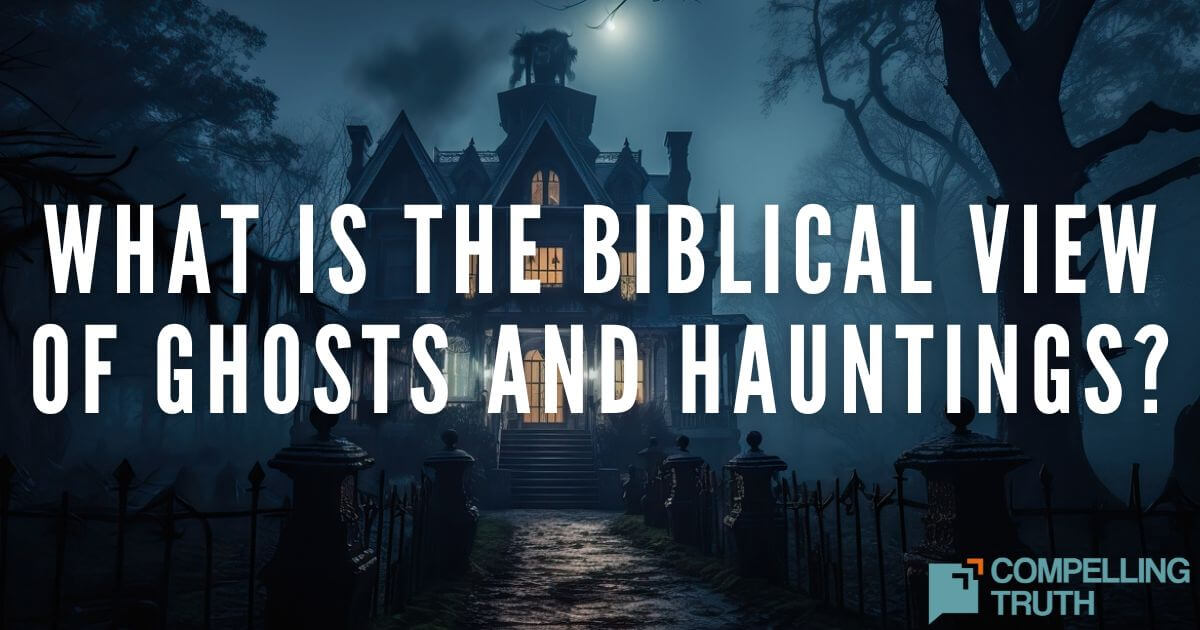As Halloween didn’t exist during biblical times, it isn’t mentioned in the Bible. But Scripture provides principles to guide believers on whether they should celebrate Halloween. For instance, God forbids witchcraft, divination, and attempts to contact the dead, showing His desire for His people to avoid occult practices (Deuteronomy 18:9-14; Leviticus 19:31; Acts 19:19; Galatians 5:20). Believers are also called to live in the light and glorify God (Ephesians 5:11–12; 1 Thessalonians 5:22). Modern Halloween traditions like costumes, decorations, and candy-giving have largely lost their original pagan or occult significance and can be enjoyed in ways that do not promote evil, if one’s conscience agrees it is okay (Romans 14). Christians are free to participate in Halloween culturally while exercising discernment and honoring God, and they are free to abstain from participating. Ultimately, Halloween’s history is complex, but a Christian perspective emphasizes wisdom, discernment, and glorifying God in all choices surrounding the holiday.
The origins of Halloween, like those of many holidays, are somewhat obscure. The term "halloween" is a contraction of "All Hallows' Eve," referring to the night before All Saints' Day—a celebration of saints observed by Catholicism and some of the more liturgical denominations of Protestantism. As All Saints' Day in Western Christianity is November 1, Halloween is October 31. “All Hallows’ Eve” focused on remembering or interacting with the dead. All Saints’ Day was established by the Catholic Church to honor martyrs and saints, with the date eventually fixed on November 1, but it incorporated some customs from older harvest and ancestor festivals.
Whether Roman, Catholic, or Celtic, All Saints' Day's roots are firmly set in the global phenomenon known collectively as the festival of the dead. Ancient cultures from across Europe, Asia, and the Americas set aside time, often after the harvest, to remember and/or venerate their deceased ancestors. Some celebrations were designed to fondly remember loved ones and draw their spirits to visit family. Others were meant to cleanse the spirits of the dead from the places of the living. In sects that believe in purgatory, All Saints' Day is used to pray that the souls in purgatory can be released to heaven.
There is nothing biblical about Halloween. There is no purgatory, the Bible does not give any instruction for the exorcism of homes, and every feast day God ordained was to remember His work, not loved ones who had died. Even so, many Halloween traditions have lost their original meaning to the point that they are biblically neutral. Dressing in costume, begging for candy, and bobbing for apples are far enough removed from their pagan inspirations as to be allowable for Christians.




